In the past, any carpet made in Asia or the Middle East (including China, India, Egypt, Afghanistan, Pakistan, and Iran) was considered Oriental. Persian carpets are traditionally made in the Middle East, specifically Iran, which was formerly known as Persia. That means Persian rugs are a subset of Oriental rugs.
Each Persian rug is hand-knotted by skilled craftspeople, so no two are the same. And as they’re made of wool, they’re naturally hardwearing and resistant to dirt. Check out this article to know more.
Iran is synonymous with the Persian carpet for many people around the world. So buying a Persian rug is a great decision, whether you want to buy online or purchase it in your travel to Iran. What is the Persian carpet? What are its main characteristics? How can you have the correct choice? Here we provide you with some details about Persian rugs in order to have a great purchase!
As the American author, Edgar Allen Poe said in one of his articles said that “The soul of the apartment is the carpet”. So choosing an appropriate carpet has a great impact on your decoration. Persian carpet with a great range of patterns and colors is a great way to give a soul to your home.
Probably you hear about the high price of Persian carpets. This issue may limit your choice. However, you can make a wise decision according to your budget. Here you can find some tips that help you to set your budget for the best choice while you want to purchase a Persian carpet:
Read also: Must-See Attractions of Iran You Should Not Miss
Why is Persian carpet expensive?
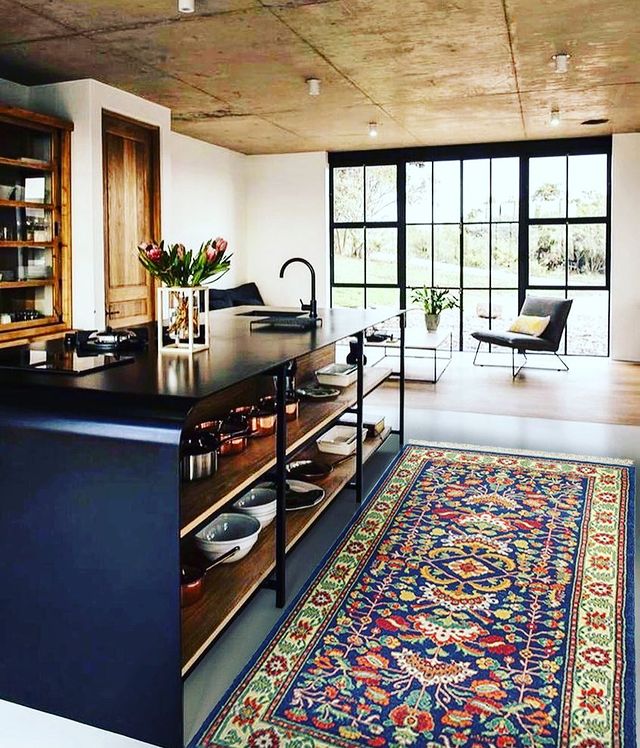
In fact, it is not expensive! This is true and you will find out why!
First of all, by buying a Persian carpet you buy a piece of artwork. So just like any other artwork, it may cost thousands of dollars.
However, on the other side, you can enjoy walking on this piece of art for years and after that, it may worth more than the time you buy it!
Besides, each handwoven Persian carpet is a unique masterpiece! It means that as a handicraft, it is specially created for you. Although there are some patterns and colors for some Persian carpets, they are man-made so that each one has its characteristics as well!
Thousands of knots
Secondly, the handwoven carpet is made of the finest materials including wool and silk with thousands of knots! So it takes months and years to weave a single Persian rug. So a high-quality Iranian carpet can cost tens of thousands of dollars because it also make a decade for the weavers to create such a masterpiece!
However, you can also have this Iranian masterpiece on a budget! A wool carpet is a budget-friendly choice in comparison with more expensive silk carpets.
In addition, there are different kinds of Persian carpets, each of them can mesmerize you with its breathtaking patterns and colors, and some of them are affordable. So do not miss the chance to give a soul to your home with a Persian carpet!
Remember that buying online Persian rugs from Iranian carpet suppliers should be through a licensed agency like Exotigo, otherwise due to Iran sanctions, you cannot yourself directly buy from Iran with your International debit or credit cards.
What should you know about Persian rug before purchase
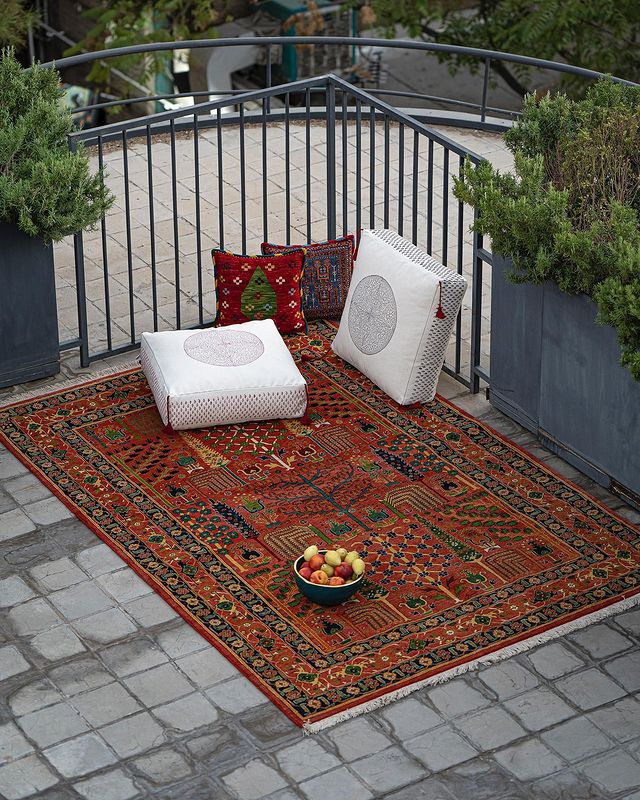
First of all, you should know about handwoven and machine-made carpets. Persian carpets are commonly woven according to pre-planned patterns, which are composed of layouts and motifs on a loom.
The Persian carpet that we talk about here and you may hear often about is the handwoven one.
Although the patterns and colors of the machine-made carpets in Iran are eye-catching and are much more affordable, the uniqueness and elegance of handwoven Persian carpets worth their price!
Here you can find some tips that can help you to have a better choice while buying a Persian carpet. Material, pattern, color, motifs, and type of Persian carpet affect its price and quality. So read on to know more:
Material: Silk, wool, or both?
The Persian carpet should be made of natural fibers. The sheep’s wool is one of the options. The quality of wool varies due to the breed of the ship, and even its pasture. The Persian carpet is made from two natural fibers silk, wool. Sometimes it is a mixture of these two materials.
The pure silk carpet is shiny and has a great appearance. The silk carpet is not used for flooring but most of the time as a decorative object. You can find a mixture of wool and carpet as well. Sometimes, some floral patterns in the wool carpet are spun from silk.
Color: natural or synthetic?
Interestingly enough, the color for staining wool should be natural as well! Natural dye is used for Persian carpets. For the blue color they used indigo, for the red color, cochineal is used, and the yellow color is made of roots and leaves of pomegranate.
The subtle unevenness of color can help you to recognize handwoven carpets from machine-made ones.
The number of knots per square matters!
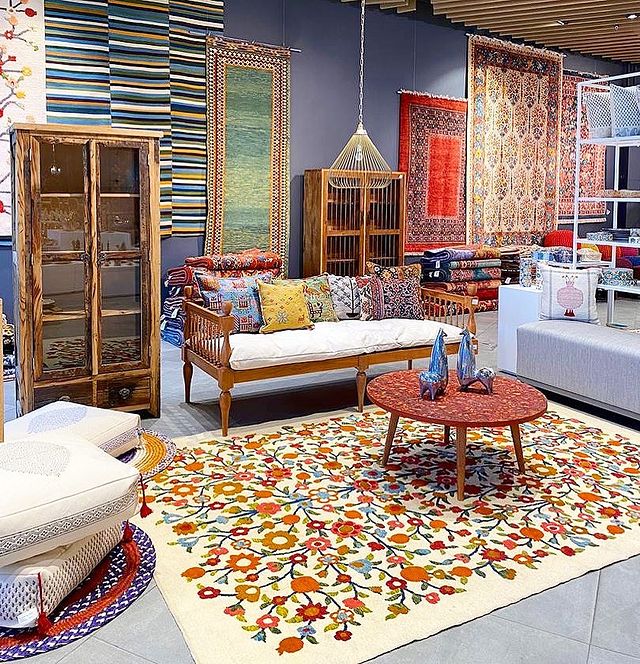
The number of knots per square in a Persian rug or what is called KPSI is an important factor that determines the price. You can understand the tight of knots by looking at the back of the carpet. Remember, price and quality are higher when it is woven tightly.
You can also understand whether a carpet is handwoven or a machine-made rug. The handwoven carpet has soft backing with uneven knots. In machine-made carpets, the knots are even and have a great uniformity.
Read also: Amazing Local Experiences in Iran
Different motifs of Persian carpet
There are different motifs and layouts for Persian carpets. Certainly, you can choose your favorite motifs among them. According to space, you want to use the carpet and your decoration you can decide about the motifs.
Botteh (bush), Gol (flower), Herati (a very common repeat field design consisting of a flower centered in a diamond with curving lanceolate leaves located outside the diamond and parallel to each side), Mina-Khani (patterns made up of flowers arranged in a row, interlinked by diamond (often curved) or circular lines), Rosette and Shah Abbasi (patterns composed of a group of palmettes) are some of the motifs.
Common Persian rug sizes
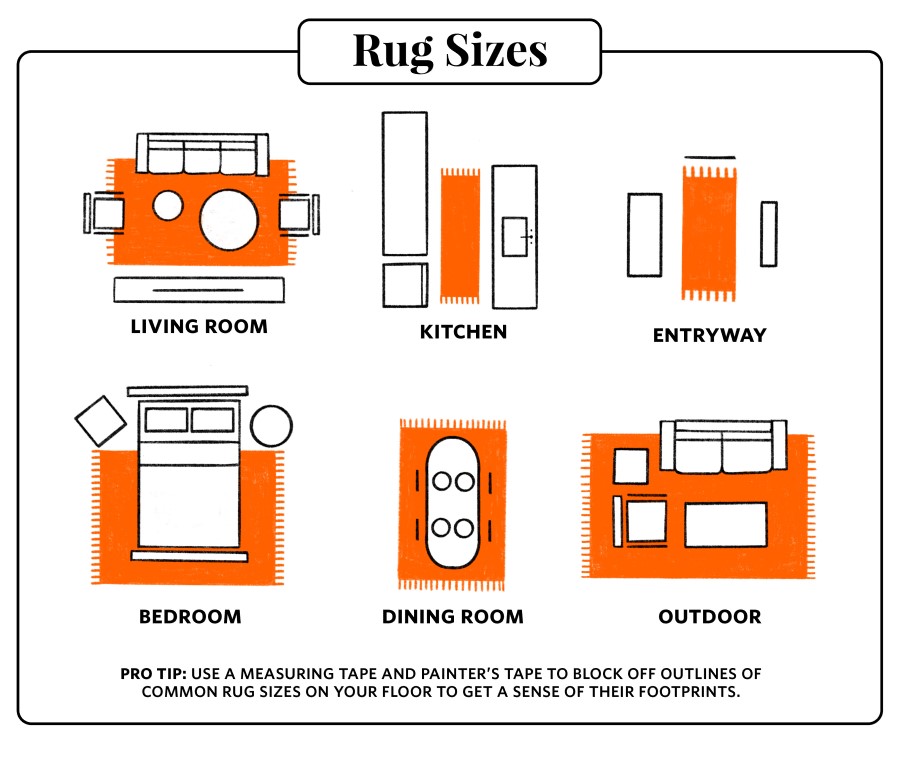
The basic sizes are usually the same no matter where you buy area rugs. Small rugs are typically less than 5 feet long (152 cm), medium rugs are between 5′ (152 cm) and 8′ (243 cm) long, and large rugs are between 8′ (243 cm) and 12′ (365 cm) long.
Choose an extra large rug that measures more than 12′ (365 cm) if you need to cover a vast area, such as a basement or open living room. Runners are long, narrow rugs that are utilized in hallways, entryways, kitchens, and other high-traffic areas.
3’x5′ (91×152 cm), 5’x8′ (152×243 cm), 8’x10′ (243×304 cm), 9’x12′ (274×365 cm), 12’x15′ (365×457 cm), 15’x19′ (457×610 cm) are the most frequent rug sizes.
Different types of Persian carpets
According to different cultures, rituals, and lifestyles in different parts of Iran, you can find different types of Persian carpets in different regions in Iran.
Persian carpets of different cities

Several cities in Iran have their patterns and materials. Tabriz carpet is one of the most exquisite and expensive ones in Iran.
While you can find great Persian carpets in Kashan, Qom, Kerman, and Naeen.
Nomadic carpets
You can find great patterns and colors in Nomadic Persian carpets. You can buy them at a more reasonable price.
Their patterns and motifs are learned by heart and have thicker weaving. There is a great diversity of design in this kind of carpet. You can find different patterns of Qashqai, Bakhtiari, Turkmen, and Balouch.
Rural carpets in Iran
Gabbeh, Kilim, Jajim, Ziloo, Hasir, and Namad are some kinds of Persian carpet, which is created by rural residents in Iran. Among them, Ziloo and Namd can be categorized as flooring instead of carpet. However, Gabbeh, Kilim, and Jajim are woven on a loom with natural materials. So read about these kinds of carpet as well:
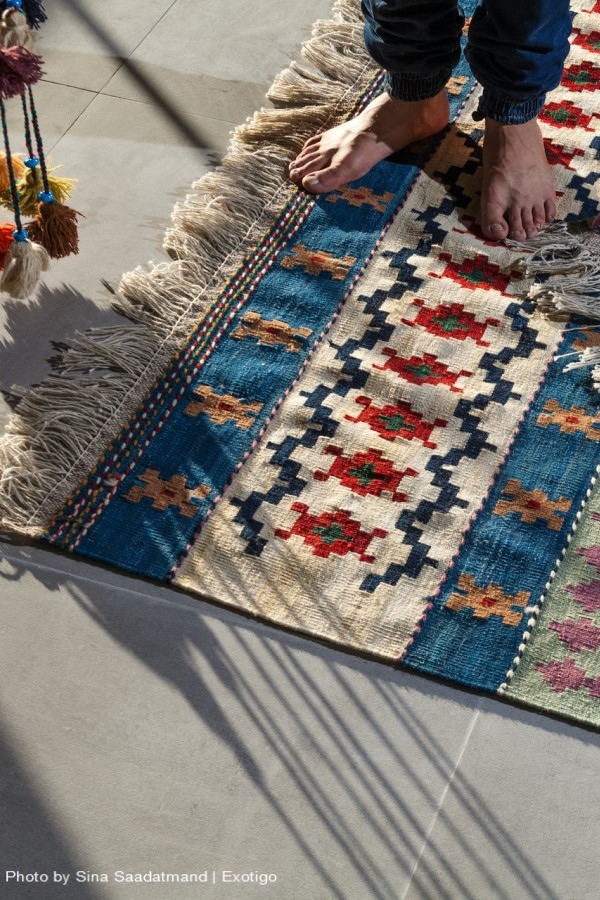
- Gabbeh
This handwoven nomadic rug has no rules for pattern and color. It is an abstract work of art that a weaver creates with his or her mind. Qashqai and Lor women create Gabbeh. They are very delicate carpets and have fascinating patterns and colors.
- Kilim
This carpet with geometrical shapes and designs. It is also thinner than the Persian carpet. Balouch, Lori, Afshar, Turkmen, Shahsavan, and Harsin are different famous kinds of kilim.
- Jajim
Jajims are from cotton or wool and are recognized by their vertical stripe patterns. This rainbow-like carpet is woven on horizontal looms. So it is easier and can be woven at a higher speed. So it is more affordable.
Where can you buy the Persian carpet?
The easiest and most available way of buying Persian rug/carpet is online through some agencies like Exotigo. you can choose your favorite rug and purchase it online, the carpet will be delivered free to your doorstep worldwide within two weeks.
The second alternative is to buy Persian carpets when you travel to Iran. In big cities like Tehran, Isfahan, and Tabriz you can find a section of their great bazaar allocated to the Persian carpet. The carpet section of bazaars in Iran fascinates you with a variety of patterns and colors of the Persian carpet.
In these places, you can find different kinds of carpets with different types and prices. However, watch tourist traps as well! A local or someone who knows about Persian carpet may be a great help. Be confident while visiting carpet shops and remember knowledge is power! Do not forget bargaining since there is no determined price for this precious Persian souvenir!
Interesting facts about Persian rug
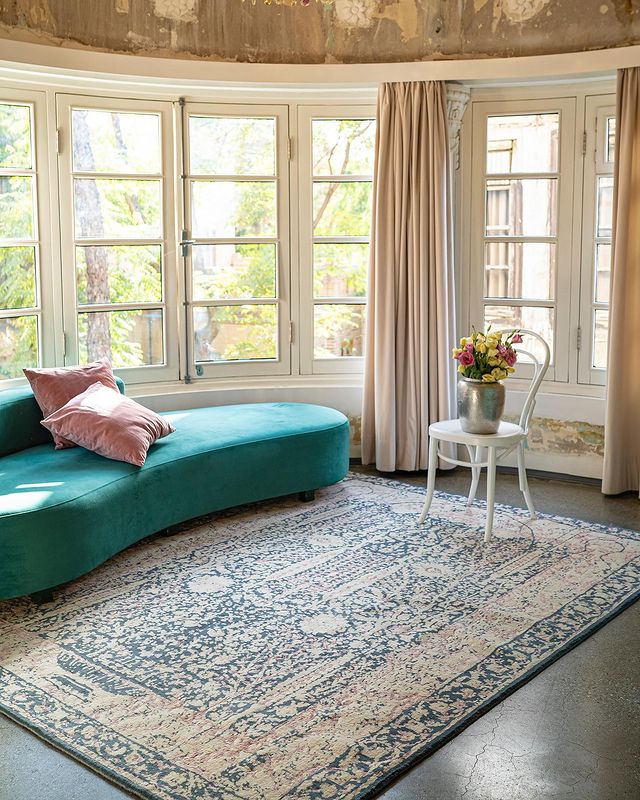
The Persian carpet is one of the oldest handicrafts in the world. Pazyryk carpet, found in Siberia in 1948, dated back to 5th BCE and was woven in Persia during Achaemenid Empire.
You may find some imperfection on the carpet. This is because those who weave the carpet believe that perfection is for God and the human is fallible.
You can buy Persian carpet not only in the form of flooring but also in other different types of Tablo Farsh (a kind of framed rug with an image of nature or portrait, Persian painting, or calligraphy to decorate your living room), Poshti (a traditional seat and backrest made with small size carpets), and Rakhtekhab-pich (a kind of large bag used to hold pillows, blankets and sleeping pads of nomads) as Persian carpet as well.
Last but not least
Set and budget for yourself and consider the space you want to youse the carpet there. In this case, you can narrow down your choice and have a great Persian carpet to make your space homey and elegant.

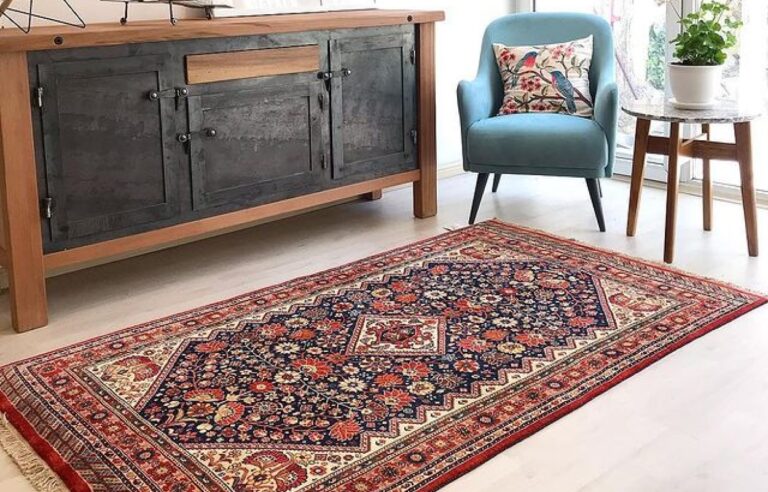

4 Comments
We have one in our home. Walking on Persian carpet just like pampering your feet.
Happy to hear that Noah
What is the price range for Persian carpet?
Hey Elaine, as you read in the article, the price of Persian carpet depends on different factors. So there is no fixed range for it.